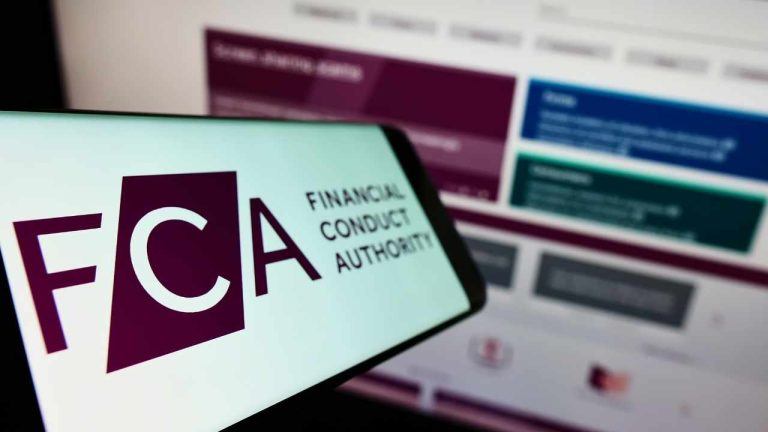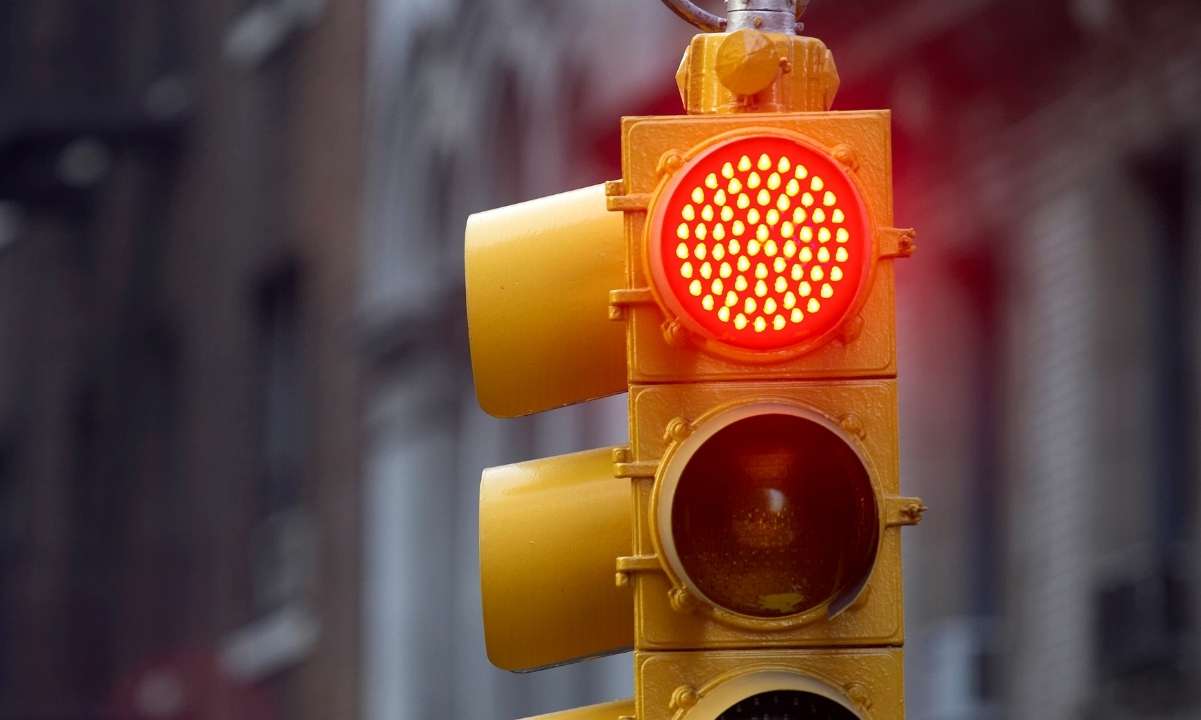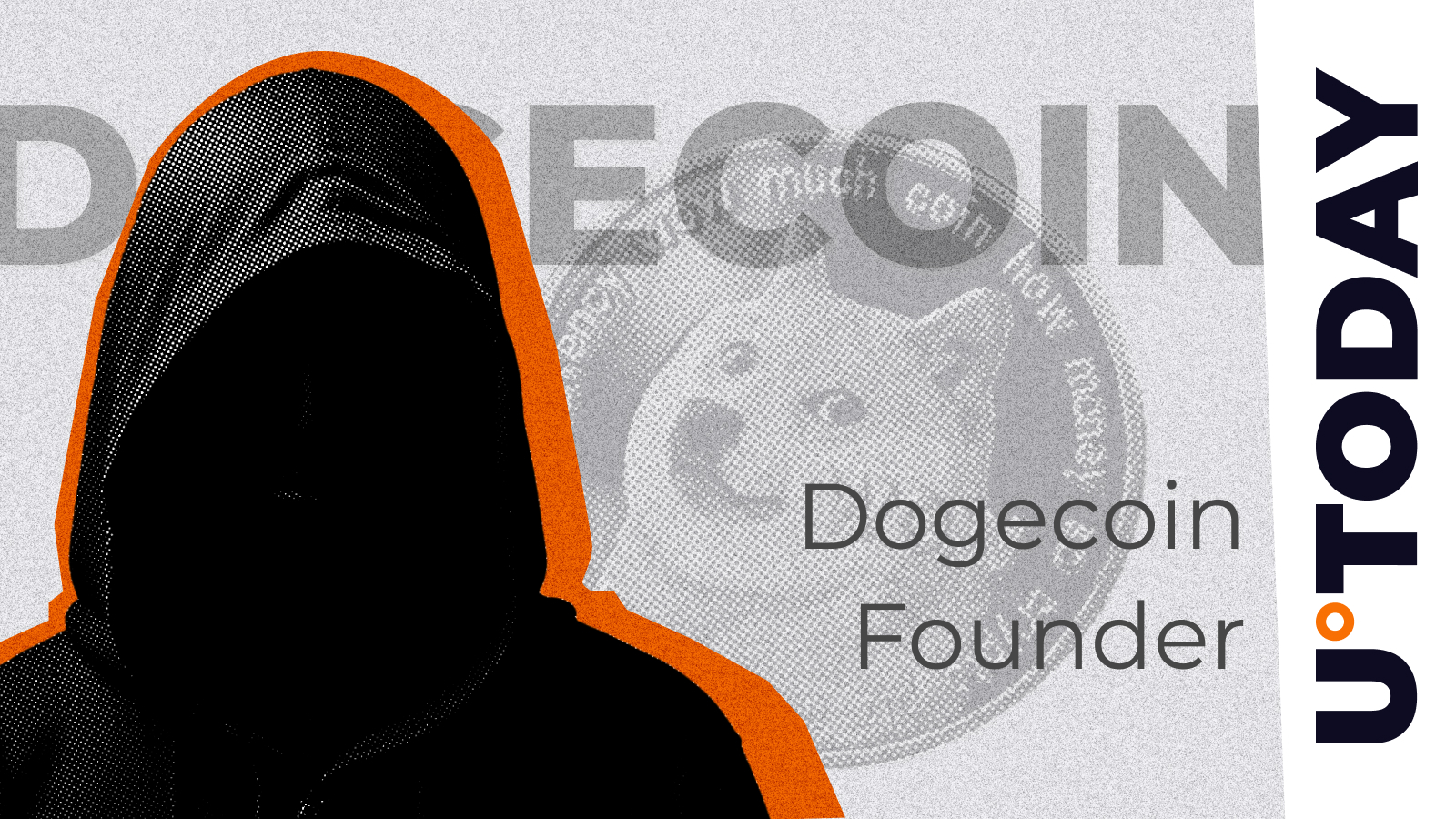ARTICLE AD BOX
BBVA, one of Spain’s largest banks, is preparing to launch its own stablecoin by 2025. The project is being developed with the support of Visa, as part of a new initiative to help financial institutions create tokenized assets in the crypto world.
Spain’s BBVA to Launch Stablecoin Backed By Visa
Francisco Maroto, BBVA’s head of digital assets and blockchain, revealed that the bank is currently in the sandbox phase of Visa’s program. Currency, it plans to move towards a prototype and live testing by next year.
While BBVA is still determining the structure of the stablecoin, Maroto said the bank has not yet decided whether it will be backed by deposits, money market funds, or fiat currencies such as the euro or U.S. dollar. However, the stablecoin is expected to play a key role in the settlement process on exchanges.
For context, BBVA has been active in the digital asset space since 2014. Thus, Maroto explained that the bank views blockchain as a transformative technology for digital value exchange.
He said, “We realized that blockchain could transform the way we exchange value digitally, and consequently affect the way the financial system works,” according to a Fortune report. The stablecoin project is part of BBVA’s strategy to capitalize on the growing trend of tokenizing assets, including real estate and private credit funds.
The Stablecoin Market’s Overview
Stablecoins, which are designed to maintain a stable price by being backed by reserves such as fiat currencies or commodities, have grown rapidly in popularity in recent years. Dollar-backed stablecoins like Tether USDT) and USD Coin (USDC) have become dominant players in the market.
These coins have attracted attention due to the profits their issuers earn from the yields on U.S. Treasuries and other underlying assets. In response, several traditional financial institutions have begun exploring stablecoin projects.
PayPal, for example, launched its PYUSD stablecoin in 2023, and various international firms have introduced yield-bearing options for customers. Moreover, Ripple has started the beta testing of its USD-pegged RLUSD coin.
Visa’s new product, announced last week, offers banks and other financial institutions the opportunity to issue their own fiat-backed tokens. The tokens could be backed by various types of reserves, including deposits and fiat currencies.
Initially, these tokens would operate within the banks’ ecosystems, though Visa’s head of crypto, Cuy Sheffield, has indicated that the company aims to facilitate interoperability between different institutions in the future, similar to universal stablecoins like USDC, which function across multiple blockchains.
BBVA’s decision to work with Visa, rather than an existing stablecoin provider, was influenced by the payment provider’s established brand and regulatory compliance, according to Maroto. He added that BBVA plans to build its stablecoin around the Euro, given the bank’s strong European presence.
In addition, the bank envisions its use in settling transactions for tokenized assets. However, the U.S. market is not a focus for the near term. BBVA instead is concentrating on markets such as Switzerland and Turkey, where it currently offers Bitcoin, Ethereum, and USDC services.
 (1).png) 1 month ago
30890
1 month ago
30890










 English (US) ·
English (US) ·